Energy, Not Just Real Estate – Rethinking Data Campuses With Power in Mind
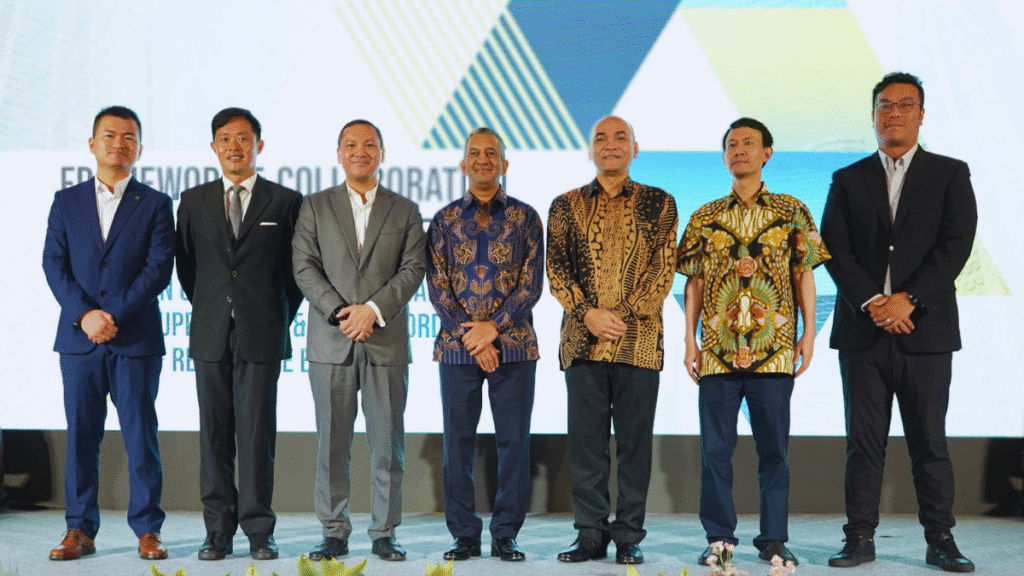
Executives from Vena Energy, Suntech, Powin, and REPT Battero mark the signing of a landmark framework agreement to expand Indonesia’s renewable energy supply chain in August 2023.
For decades, site selection for data centers began with real estate. But the rise of generative AI and increasingly power-intensive compute workloads is flipping the playbook. Today, energy – not just land – is the defining factor for scalability, profitability, and sustainability.
A New Breed of Developer
Vena Nexus, launched in May 2025 by Singapore-based Vena Group, is among the clearest examples of this shift. The company is rolling out 3 gigawatts of data center capacity across Southeast Asia, starting with a 1-gigawatt tranche that already has land, permits, and grid commitments in place. What sets the initiative apart is its direct integration with upstream energy generation. The Nexus model leverages solar, wind, and battery assets developed through partnerships with Suntech, Powin, and REPT Battero via a framework agreement formalized in August 2023.
Meanwhile, foreign direct investment into Indonesia’s green manufacturing base has surged in Q2 2025, with Chinese and South Korean suppliers now setting up shop in Batam and Java to support the Vena Nexus ecosystem.
Across the Singapore Strait, YTL Power is positioning Johor as Southeast Asia’s next green data center destination. In Q2 2025, the YTL Green Data Center Park finalized site prep on its 500MW expansion zone, with solar-linked substations and chilled-water cooling baselines designed for NVIDIA-certified AI clusters. Analysts expect Johor’s capacity to double by 2027, contingent on the stability of cross-border electricity trade with Singapore.
Why Energy Must Now Lead Campus Design
The key lesson from these developments is strategic alignment. As AI power densities exceed 50 kilowatts per rack, and liquid cooling becomes standard, energy sourcing, permitting, and delivery timelines must begin upstream of site selection. The days of treating electricity as a commoditized, on-demand input are over.
Power provisioning is now a board-level concern. The operators who thrive in the AI era will be those who treat energy as infrastructure, not overhead. This means integrating with national energy plans, securing renewable guarantees years in advance, and designing campuses in tandem with transmission buildouts.
The future of digital infrastructure is being shaped at the intersection of power and place, and the most competitive players are already building there.
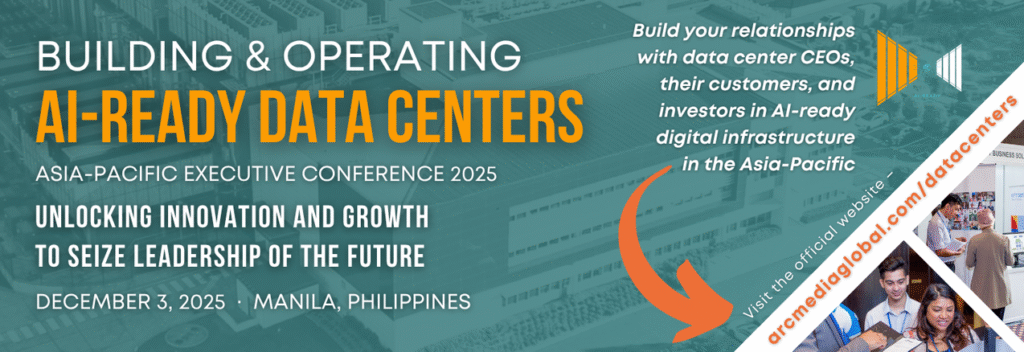




 Time to Market – Why Execution, Not Strategy, Is the Philippines’ Digital Pivot
Time to Market – Why Execution, Not Strategy, Is the Philippines’ Digital Pivot  Redefining the Grid – Why the Power System Is the New Data Center Frontier
Redefining the Grid – Why the Power System Is the New Data Center Frontier 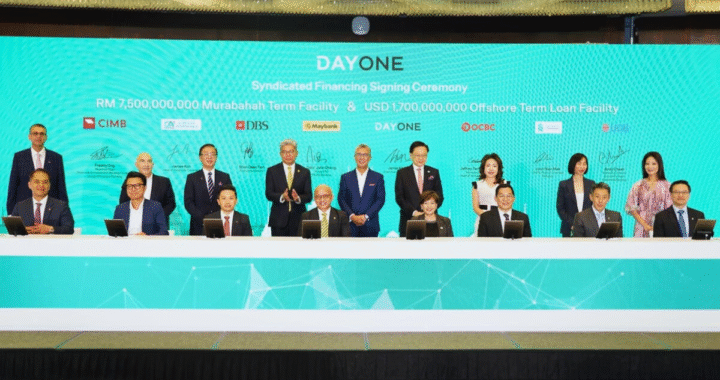 Deal Architecture 2.0 – Execution Risk Outpacing Pure Capital Availability
Deal Architecture 2.0 – Execution Risk Outpacing Pure Capital Availability 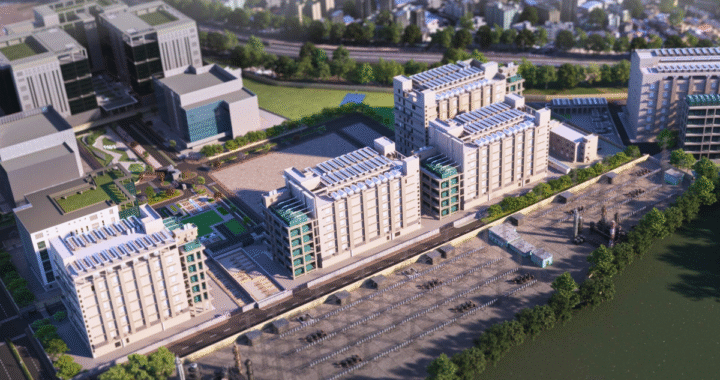 Cross-Border Complexity – How Hyperscale Is Forcing Horizontal Integration
Cross-Border Complexity – How Hyperscale Is Forcing Horizontal Integration 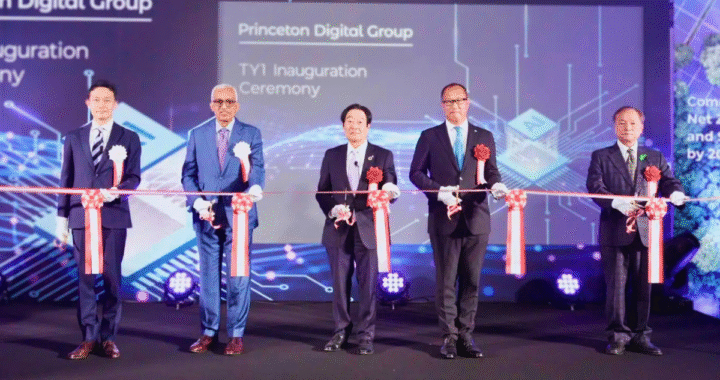 The Real Bottleneck: Why Energy, Not Ambition, Is Stalling the Asia-Pacific’s AI Data Center Boom
The Real Bottleneck: Why Energy, Not Ambition, Is Stalling the Asia-Pacific’s AI Data Center Boom  SoftBank Bets on Green Future with Japan’s Largest AI Data Center in Hokkaido
SoftBank Bets on Green Future with Japan’s Largest AI Data Center in Hokkaido